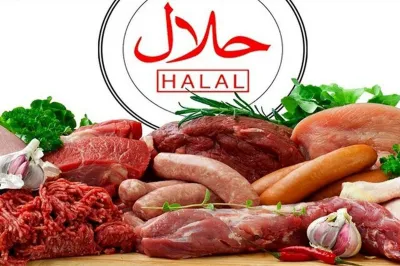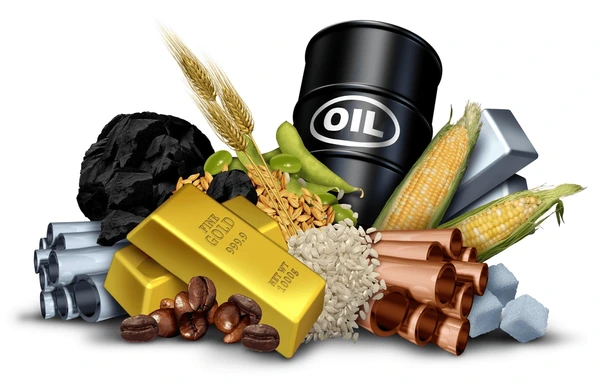


Directory of meat suppliers in United States
 Mohamed T9 months ago
Mohamed T9 months ago Peppercorn , black pepper, tmt rebar, cement, cloves.Paint, Nuts, Spices
Peppercorn , black pepper, tmt rebar, cement, cloves.Paint, Nuts, Spices Michael Murphy6 months ago
Michael Murphy6 months ago Garnet sandSand, Spices
Garnet sandSand, Spices




 Peppercorn , black pepper, tmt rebar, cement, cloves.Paint, Nuts, Spices
Peppercorn , black pepper, tmt rebar, cement, cloves.Paint, Nuts, Spices Garnet sandSand, Spices
Garnet sandSand, Spices